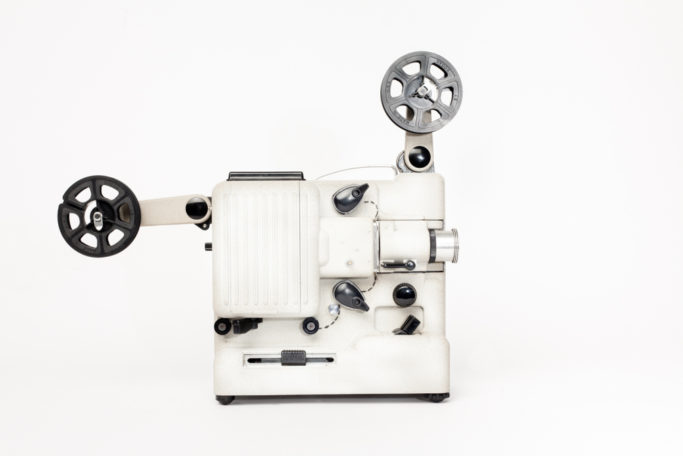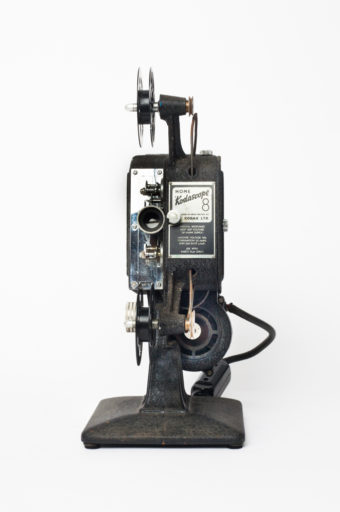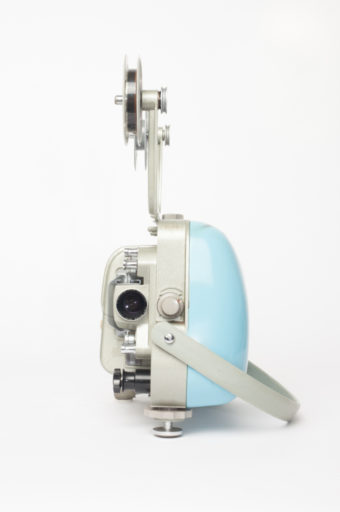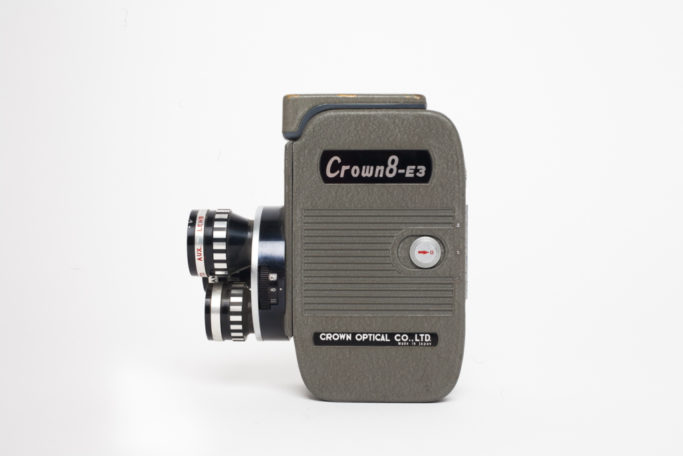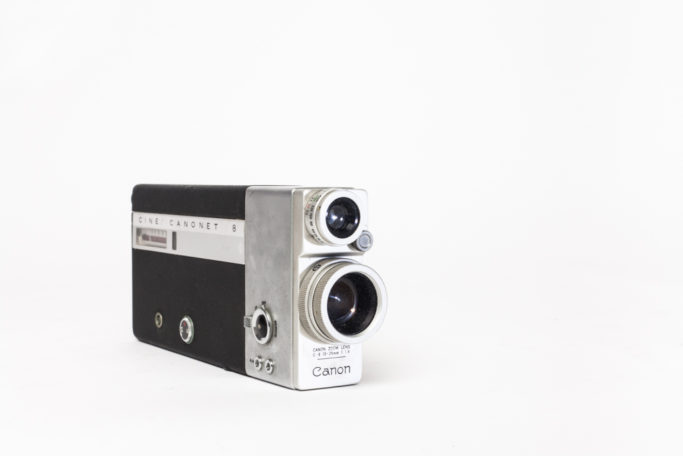A Selection of Cine Equipment From the Vaults
The IFI Irish Film Archive holds, along with its moving image and document collections, an array of objects and equipment related to filmmaking. As this collection is rarely seen by the public, we are pleased to share images of some of these objects taken by DIT photography student Joe Carson as part of his degree project. His selection is an eclectic sampling of vintage cine equipment manufactured from the 1930s to the 1970s, with items chosen on the basis of their aesthetic beauty and the variety of their design.
The items have been captioned by Datacine & Grading Officer Gavin Martin.
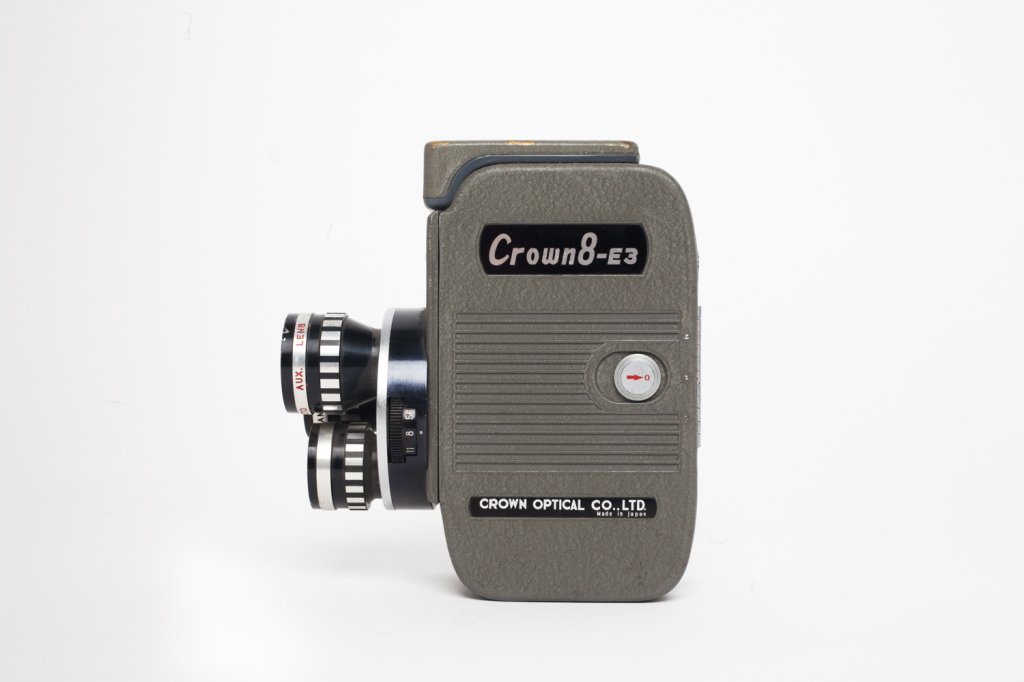
Paillard-Bolex Model G 916 Projector
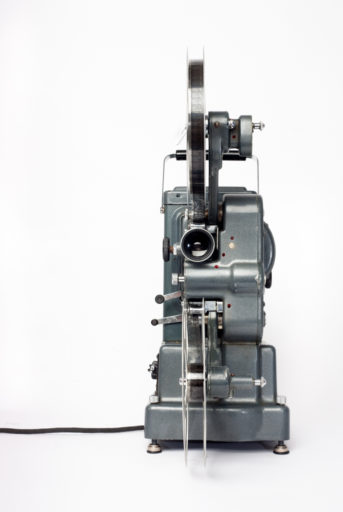
Bell & Howell Filmo Auto Load 16mm camera, circa 1940
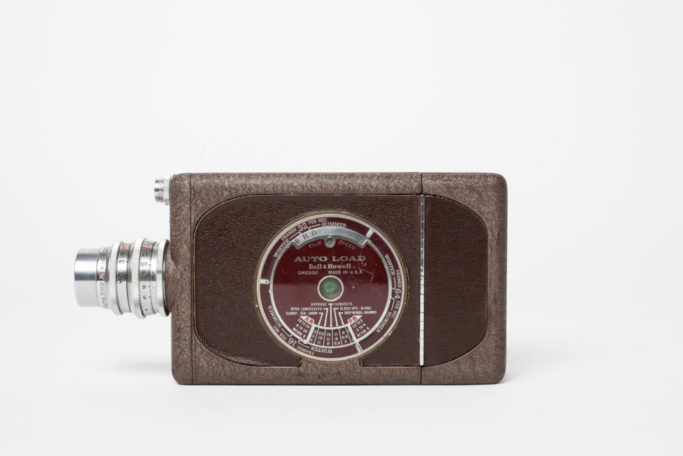
Bell & Howell One Nine standard 8mm cine camera
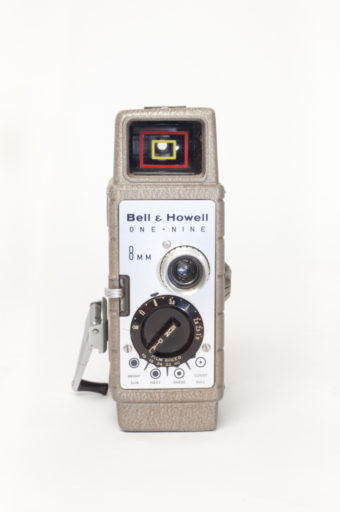
Zeiss Moviekon 8b
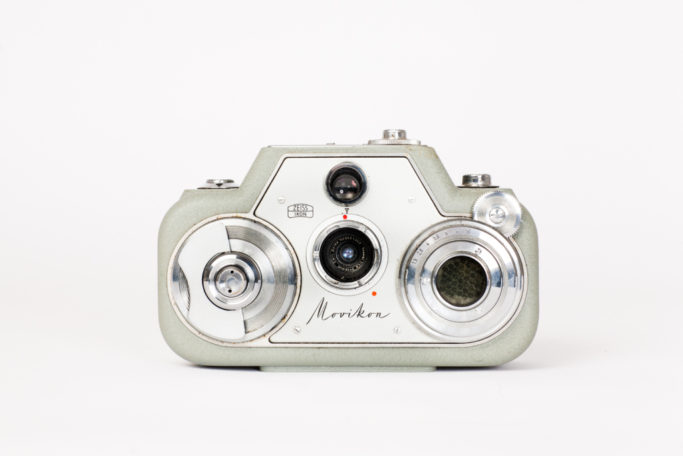
C. Model 642 Cardiline Microphone
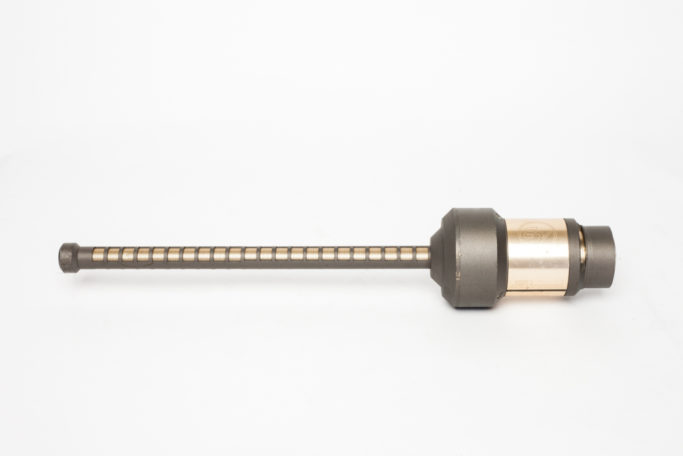
Polaroid 800 Land Camera
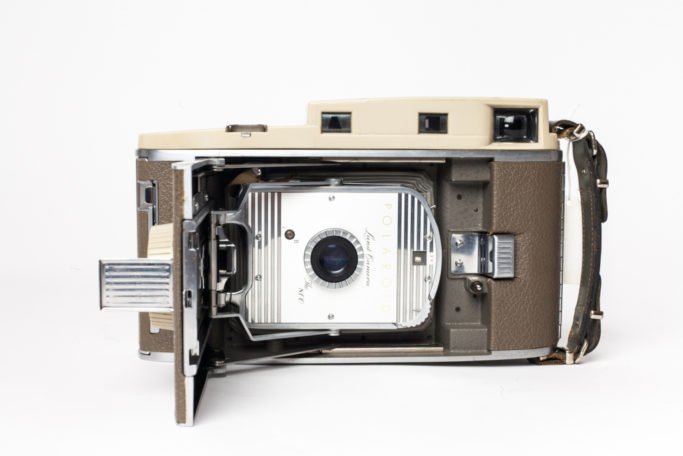
Eumig P8 8mm Projector
